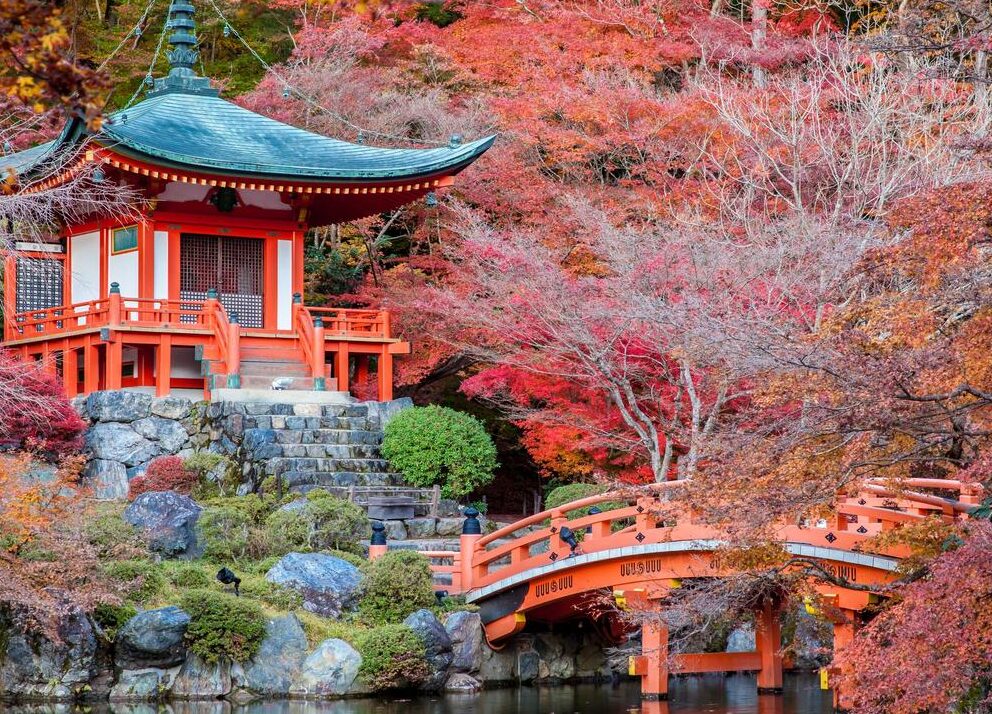Located in Japan, Kyoto is a place that has a rich history and rich customs. It is known for its beautifully maintained gardens, temples, and traditional wooden homes. It is a living example of Japan’s rich cultural legacy. In this travel blog, we will learn about this place in detail so that your trip can be unforgettable.
Temples and Shrines
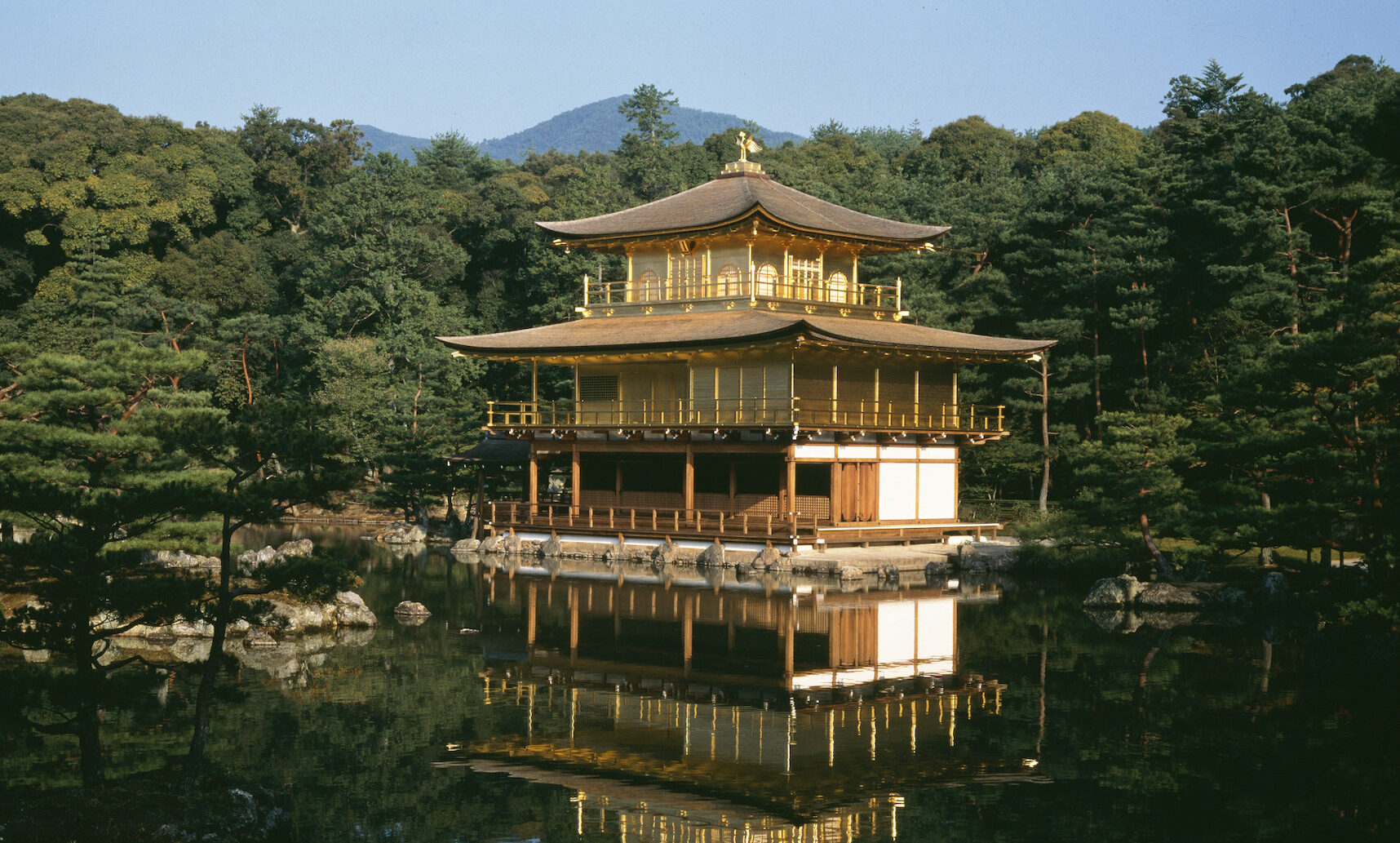
Numerous temples and shrines that provide a different perspective on Japan’s spiritual environment may be found around the city. These locations, which range from the famous Fushimi Inari Shrine with its hundreds of torii gates to the calm Kinkaku-ji, encourage tourists to experience the serenity of Shintoism and Japanese Buddhism.
Kyoto’s Geisha Districts
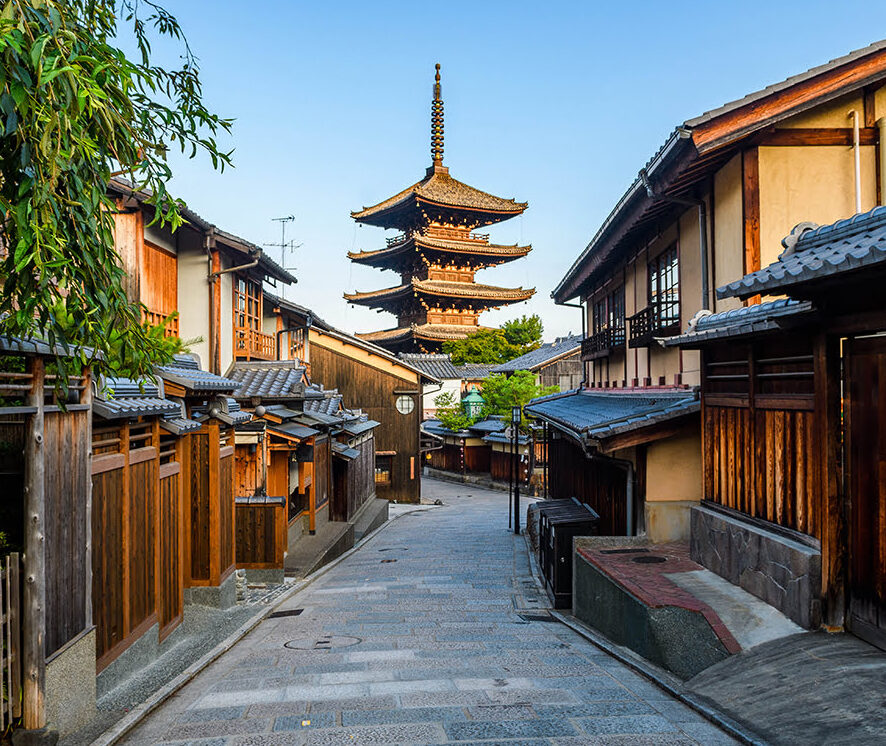
Explore Kyoto’s geisha districts, such as Gion and Pontocho, to take a step back in time. Here, tourists are transported to the elegance of the Edo era via winding cobblestone lanes, traditional tea establishments, and the fleeting presence of geisha and maiko, providing an uncommon and alluring experience.
Arashiyama Bamboo Grove
Enchanting Arashiyama Bamboo Grove is a meeting place of nature and history. A peaceful getaway from the hustle and bustle of the city, the towering bamboo stalks create an ethereal ambiance that beckons tourists to meander through this stunning natural marvel.
Nijo Castle
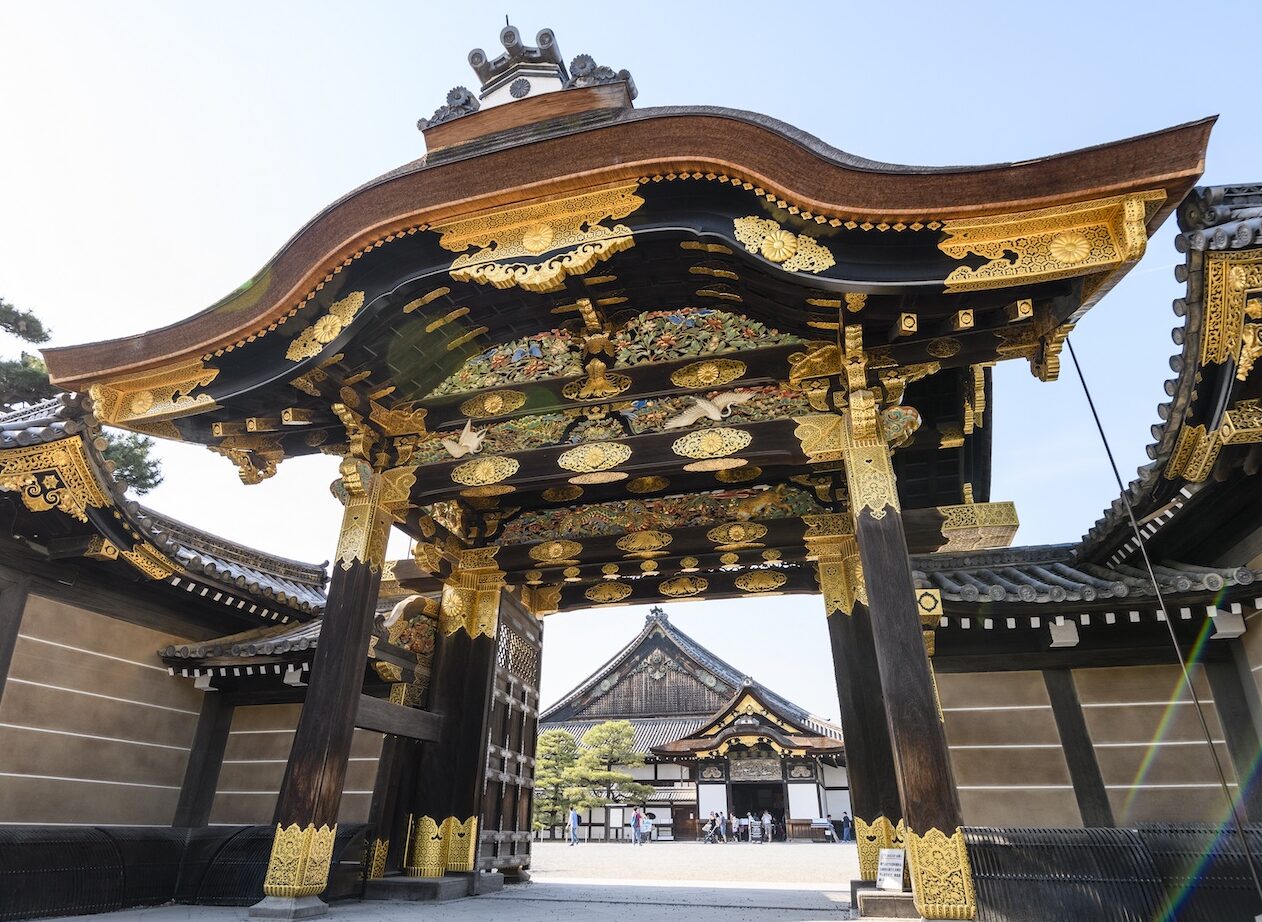
Discover the magnificent Edo-era architecture by touring the majestic Nijo Castle, a UNESCO World Heritage Site. In addition to beautifully designed rooms and gardens, the “nightingale floors” that make chirping sounds when stepped upon provide an insight into the splendor of royal Japan.
Kyoto Cuisine
Savour the mouthwatering cuisine of Kyoto, where matcha-flavored treats and traditional kaiseki feasts are the main attractions. The vibrant Nishiki Market and cozy ryotei dining establishments are just two examples of how Kyoto’s culinary culture demonstrates the city’s dedication to maintaining local cuisine.
Kyoto in Cherry Blossom Season
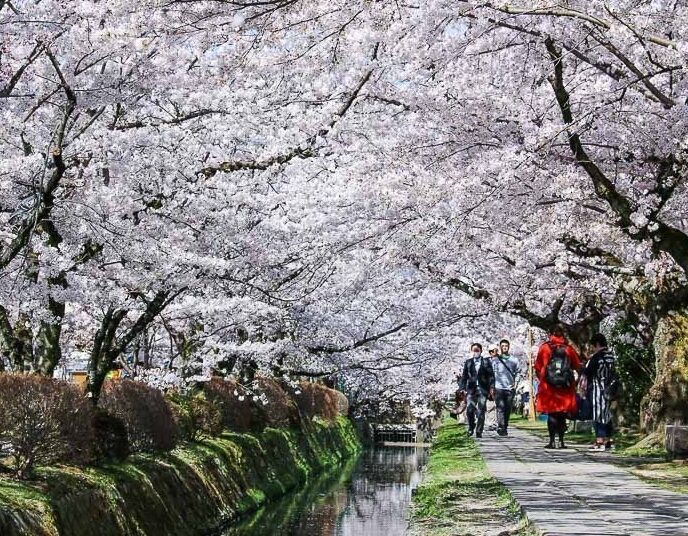
If you plan your trip around cherry blossom season, Kyoto will be revealed in all of its pink splendor. The parks, especially Maruyama Park and the Philosopher’s Walk, burst into a stunning display of cherry blossoms, creating unforgettable visuals.
Kyoto’s Philosopher’s Path
Take a stroll beside the canal bordered by hundreds of cherry trees on the charming Philosopher’s Path. This peaceful path, named after the well-known philosopher Nishida Kitaro, encourages reflection in the splendor of nature and provides a calm diversion from the bustle of the city.
Kyoto’s Artisans
Learn about the tradition of the talented craftspeople of Kyoto who have spent decades perfecting their trades. The time-honored traditions of Kyoto’s craftsmen define its creative identity, preserving methods like the careful craftsmanship of Nishijin weaving and the traditional pottery of Kiyomizu-yaki. These artists add to Kyoto’s cultural diversity.
Kyoto’s Tea Culture
In Kyoto, immerse yourself in the rich tea culture, where people highly esteem the ritual of brewing tea. Experience Uji’s tea ceremonies, a unique glimpse into the city’s spiritual practices and a testament to Japan’s rich tea culture’s traditions and aesthetics.
Kyoto’s Modern Beat
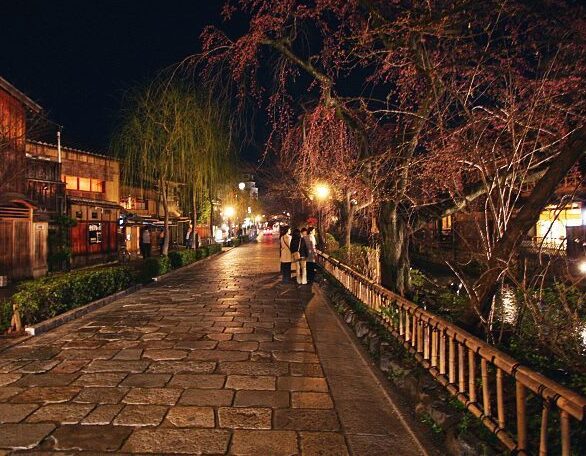
Kyoto harmonizes history with modernity, showcasing vibrant neighborhoods like Gion-Shijo, contemporary architecture, and a thriving arts scene alongside its timeless historic sites.
Kyoto’s Kimono Culture
Take part in the custom of wearing this unique garment to embrace the beauty of Kyoto’s kimono culture. Rental stores offer diverse styles for tourists to explore Kyoto’s ancient streets in traditional Japanese clothing.
Conclusion
Kyoto is a place where time appears to stand still, with old customs blending seamlessly with contemporary life. Kyoto remains a captivating place, inviting exploration and appreciation of Japan’s diverse culture, whether in serene temples or lively modern spots..

